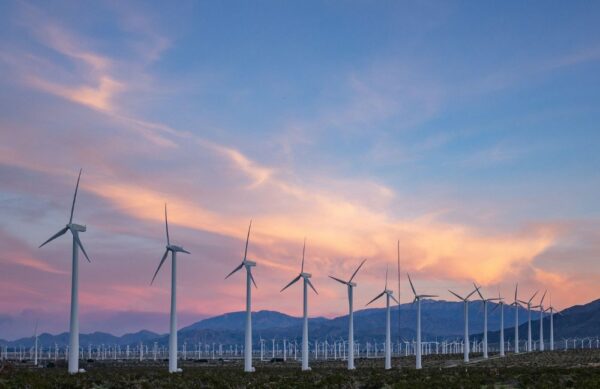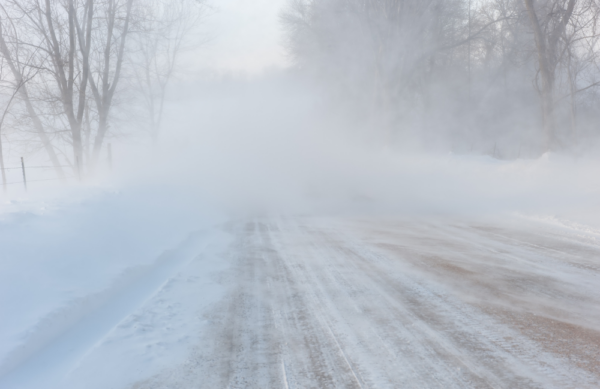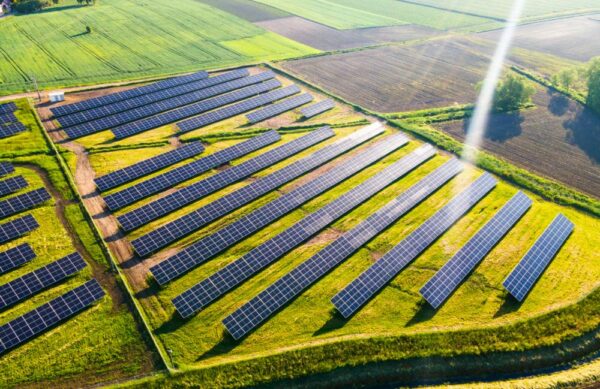Renewable energy will play a significant role in reducing the effects of climate change. However, it’s currently still a largely untapped resource, as we are only using a small fraction of renewable potential so far. According to estimates, renewable energy sources can produce at least 2.6 times the energy demand in every region of the world.
While renewable energy is undoubtedly an important tool in the fight against climate change, these energy sources are not immune from the effects of a warming planet and the increase in extreme weather systems. Renewable energy technologies depend on climate-related factors, such as sunlight, wind speed, and water availability, but all of these will continue to fluctuate in the years to come.
Changing weather patterns, a rise in extreme weather events, and increasingly unpredictable weather systems will put a strain on renewable energy production and transmission. So how can renewable energy companies adapt to and ensure they have a climate resilience policy in place to mitigate any adverse effects?
Hydropower
Hydropower currently accounts for more than 70% of the world’s installed renewable power generation capacity. It’s a clean, low-carbon, cost-efficient, and reliable source of energy. But it’s still at the mercy of climate change, especially the unknown and uncertain variation in climate that we expect to see in the coming years.
Climate change won’t impact all regions of the world equally. Take rainfall. In some parts of the US, rainfall has increased while it has decreased in others, such as the Southwest. This factor, coupled with an increase in temperatures and more floods and droughts, affects river systems and could lead to water shortages, which in turn results in a decrease in hydropower generation.
Hydropower plants with low storage capacities will suffer more due to the lack of operational flexibility and the contingency measures that can help mitigate dry periods and hydrological variability.
While the overall impact on hydropower is projected to be smaller than other renewable energy sources, local impacts are likely to be greater, especially in developing countries.
Suppose hydropower operators want to make this energy source more reliable and resilient. In that case,, they not only need to understand how climate change is affecting –– and will continue to affect –– hydroelectric generation. They also need to integrate this information into their decision-making and operation processes in terms of planning, design, and management.
Solar
There is a lot of pressure on solar power operators to play a major role in the move towards the lofty but necessary goal of net-zero emissions. One climate model that shows how the energy industry can achieve net-zero emissions attributes 69% of the output to solar panels.
One of the effects of climate change is increased temperature, but this doesn’t mean it will be sunnier. Scientists have long struggled to understand the impact of clouds on global warming. Still, one recent study has found that temperature changes have been accompanied by an increase in cloudiness over northern Scandinavia. This has reduced the impact of warming.
While this is good news in terms of reducing the effects of climate change, increased cloudiness also affects solar production. For example, production can drop by 10% to 25% on a partly cloudy day, costing solar operators more than $5.25 billion a year.
Solar energy is also affected by air temperature, with hotter conditions reducing performance. An increase in both moderate and extreme storms could also damage equipment and decrease equipment efficiency.
Relying so heavily on solar as an energy source has its downsides when you factor in climate change. However, several projects have developed more solar power sources and plants in areas where hydropower is the dominant energy source. The idea is to reduce the reliance on any one source of renewable energy and increase the resilience of renewable energy.
Wind
You might think that storms that generate strong winds would be the ideal conditions for wind energy production. However, extreme wind speeds, especially when there are direction changes, gusts, and shears, can:
- Drastically increase turbine load
- Threaten the structural integrity of towers and blades
- Cause fatigue and damage to turbine components
- Reduce output
To weather this storm, wind turbine operators need to adapt their operations and turbine design to meet future changes. For example, a slight shift in wind direction can substantially impact electricity generation, but only wind speed is often taken into account when making operational decisions.
Predicting the Future
Predicting the future with weather intelligence software that uses long-range and hyper-local forecasts can ensure a reliable supply of energy and stabilize prices.
Anton Orlov, a senior researcher at the Center for International Climate and Environmental Research, notes,
“Having information about how hot, cold, humid, dry or windy the upcoming season will be can be critical for estimating how high or low both power demand and renewable power production will be that season.”
A year’s worth of data is not enough. You need access to historical data to understand the impact of both the climate and weather on each type of renewable energy supply. You can use this to create future scenarios to predict how the changing climate could impact the reliability of renewable energy sources.
On the flip side, you need to look into the future and consider the forecasts for the weeks and months ahead. The earlier you are aware of any potential disruption in supply or damage to equipment from weather systems, the better you can prepare and adapt or mitigate the issues.
Getting a historical, current, and future picture of how climate will affect renewable energy supply means that you can integrate this data into your decision-making. Taking into account all of the data and risks together can provide an idea of the exposure level of your energy supply and help you build a framework that both informs your response to current events and ensures you aren’t unprepared for the evolution of climate change.
If you want to maintain supply and demand and ensure a stable grid, you need weather intelligence to take the guesswork out of your decisions.





